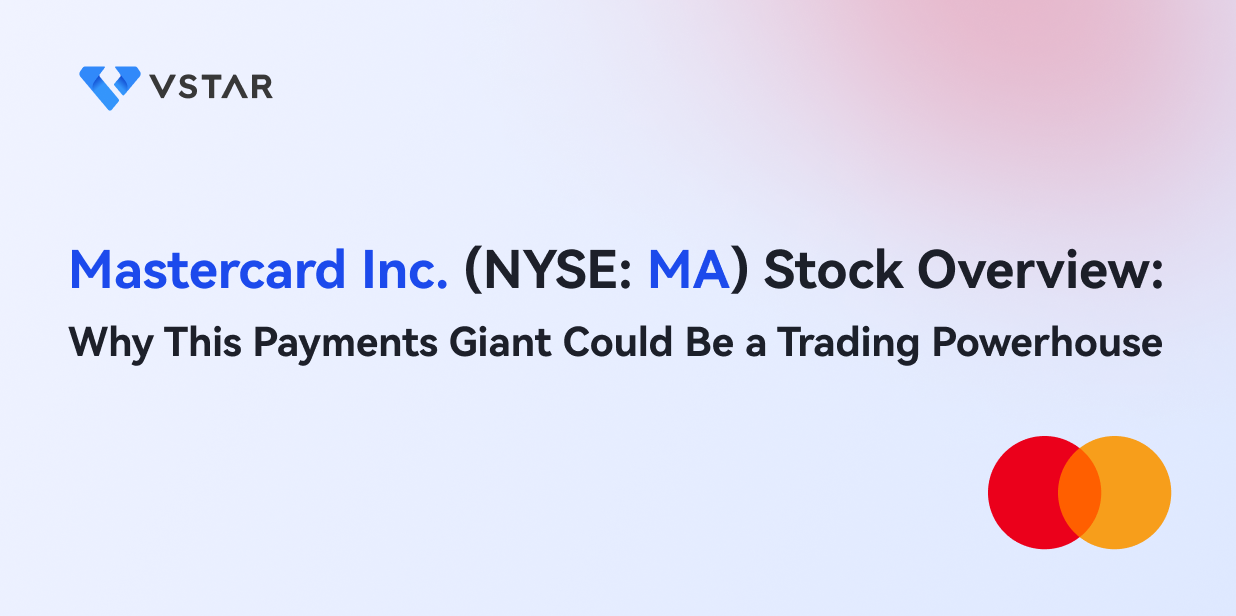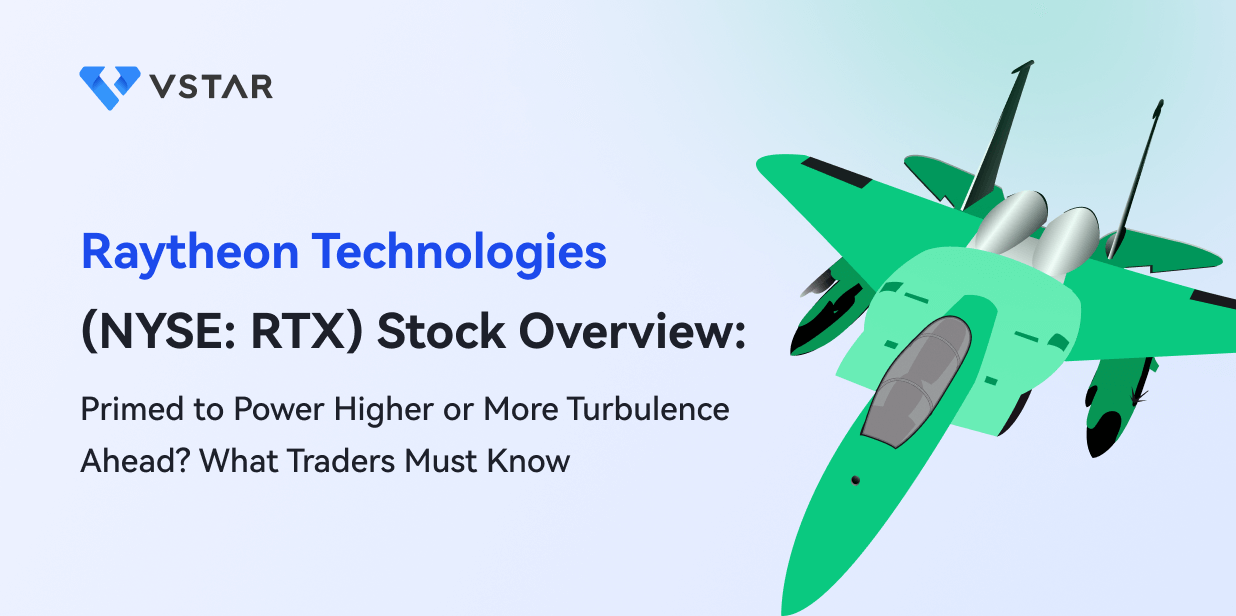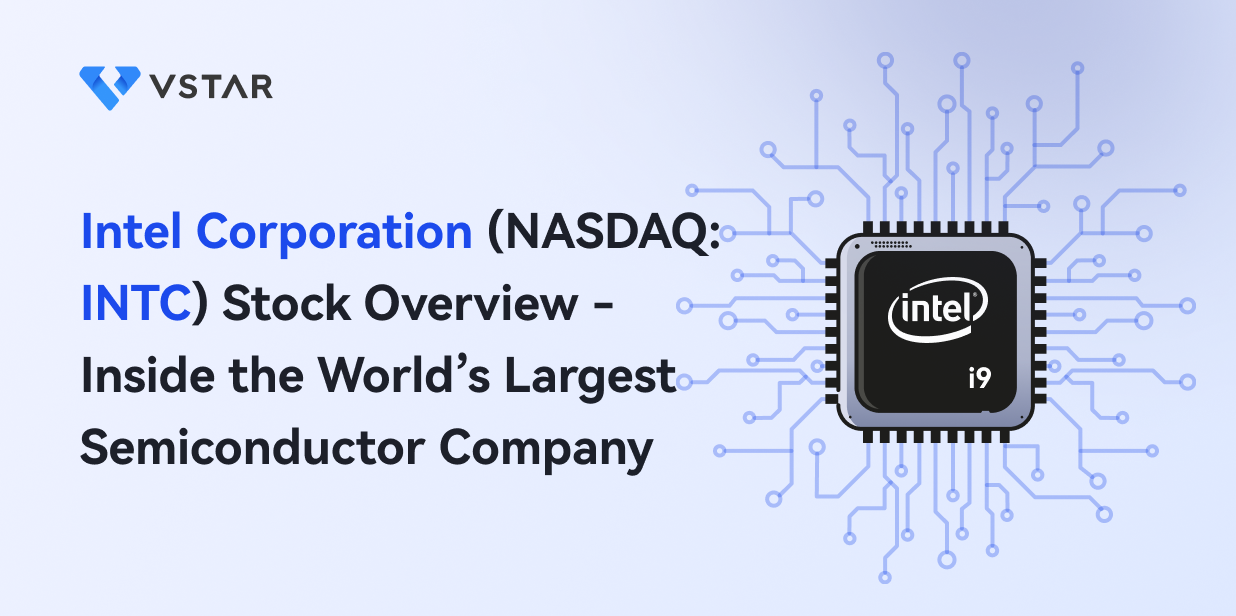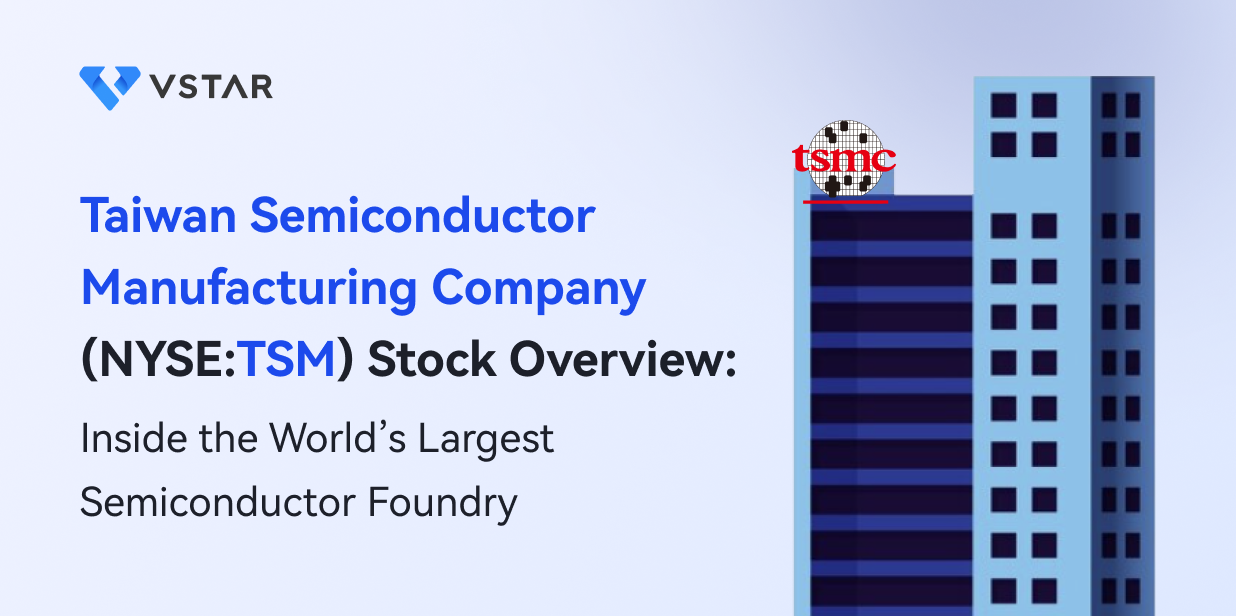Unleash the power of your trades with Mastercard Inc. (NYSE: MA). In this stock overview, explore why this payments giant has the potential to become a trading powerhouse, offering investors a compelling opportunity for growth and success in the dynamic world of finance.
I. Mastercard Inc.'s Overview
Mastercard is a global payments company that connects consumers, merchants, financial institutions, governments, and businesses around the world. It operates in more than 210 countries and territories and has over 21,000 employees. The company's board of directors is composed of 13 members.
In 1979, Mastercard Inc. changed its name from the Interbank Card Association (ICA), which it had been since its founding in 1966. Mastercard was co-founded by Dee Hock, a former executive at Bank of America, and several other banking sector veterans, and has now become a worldwide market leader. Mastercard's headquarters are located in Purchase, New York, and Michael Miebach, who has served as CEO since 2020, is in charge of the company. Mastercard's continued success as a market leader is reflected in the company's current market valuation of almost $340 billion. The company's net income in 2022 was $15.8 billion, further attesting to its healthy financial position.
Some of the key milestones in Mastercard's history include:
1966: ICA is founded.
1979: ICA is renamed MasterCard.
1986: MasterCard goes public.
2006: MasterCard acquires Cirrus.
2010: MasterCard launches MasterCard PayPass.
2015: MasterCard launches MasterCard MasterPass.
2016: MasterCard celebrates its 50th anniversary.
2019: MasterCard launches MasterCard Contactless.
2020: Michael Miebach becomes CEO.
II. Mastercard Inc.'s Business Model and Products/Services
A. Business Model
Mastercard's business model is based on processing payments between consumers, merchants, issuers, and acquirers. Mastercard operates a global payments network that allows consumers to make payments with Mastercard-branded cards at merchants around the world. Mastercard also provides a variety of products and services to its partners, including:
Card processing: Mastercard provides card processing services to financial institutions that issue Mastercard-branded cards.
Network services: Mastercard provides network services to its partners, including fraud prevention, settlement, and clearing services.
Data and analytics: Mastercard provides data and analytics services to its partners, which can be used to improve marketing, risk management, and other business activities.
B. Main Products/Services
Mastercard offers a variety of products and services to its partners, including:
Debit cards: The debit cards allow consumers to access their bank account funds to make payments at merchants.
Credit cards: This card allows consumers to borrow money from their credit card issuer to make payments at merchants.
Prepaid cards: Mastercard prepaid cards allow consumers to load money onto a card and then use that money to make payments at merchants.
Mobile wallets: Mastercard mobile wallets allow consumers to make payments with their smartphones at merchants.
Ecommerce: Mastercard provides a variety of services to merchants that sell products and services online, including fraud prevention, payment processing, and data analytics.
III. Mastercard Inc.'s Financials, Growth, and valuation Metrics
A. Review of Mastercard Inc.'s financial statements
Mastercard Inc.'s financial statements reveal positive trends and strong performance over the past 5 years. Let's show you below:
Revenue Growth Over Past 5 Years
Mastercard has experienced impressive revenue growth, with a compound annual growth rate (CAGR) of 8.7% over the past 5 years. This growth can be attributed to several key factors, including the expansion of e-commerce.
Profit Margins
Mastercard has maintained stable profit margins over the past 5 years. The company's gross profit margin has averaged 63%, while the net profit margin has averaged 25%. These consistent margins demonstrate the company's ability to effectively manage costs and generate sustainable profits.
Cash From Operations (CFFO)
Mastercard has achieved a strong CAGR of 10.3% in cash from operations over the past 5 years. This growth is a result of the company's robust revenue expansion and its efficient cost management strategies, indicating its ability to generate strong cash flows.
Balance Sheet Strength and Implications
Mastercard boasts a robust balance sheet. With a debt-to-equity ratio of 0.26, significantly below the industry average of 0.60, the company demonstrates a conservative approach to debt financing. Additionally, Mastercard holds a substantial cash position of $17.7 billion as of December 31, 2022, providing ample financial flexibility for investments and returning capital to shareholders.
Other Financial Metrics
In addition to the aforementioned metrics, several other financial indicators showcase Mastercard's strong performance:
Return on Equity (ROE): Mastercard's ROE has averaged an impressive 24% over the past 5 years. This indicates the company's efficient utilization of shareholders' capital to generate profits.
Return on Assets (ROA): Mastercard's ROA has averaged a strong 5.5% over the past 5 years. This reflects MasterCard's effective use of its assets to generate profits.
Earnings per Share (EPS): Mastercard's EPS has grown at a CAGR of 10.1% over the past 5 years. This growth can be attributed to MasterCard's successful revenue expansion and effective cost management practices.
B. Key financial ratios and metrics
Mastercard's financial measures and metrics are comparable to Visa and American Express. Mastercard's 5-year revenue growth has been 8.7%, compared to Visa's 10.3% and American Express' 7.2%. Mastercard's earnings growth has been 10.1%, compared to Visa's 12.3% and American Express' 8.3%.
Mastercard's forward P/E ratio is 35.75, smaller than American Express' 34.09 but higher than Visa's 27.08. Therefore, Mastercard's stock may be undervalued compared to peers.
Mastercard's forward P/E ratio is greater than the S&P 500 average but lower than its peers'.
Ultimately, a stock's competitive position, growth potential, and pricing should determine whether to buy or sell it.
IV. MA Stock Performance
A. MA stock trading information
Mastercard (NYSE: MA), listed on the NYSE since 2006, has shown strong revenue and earnings growth in recent quarters. The stock trades in US dollars and operates primarily in the United States.
Mastercard's trading hours on the NYSE are from 9:30 AM to 4:00 PM ET, with pre-market and after-market trading available for extended hours.
The company has undergone 3 stock splits over the years, adjusting the number of shares while maintaining proportional ownership for shareholders.
On December 10, 2013, the company announced a 10-for-1 stock split, which took effect on January 21, 2014. This means that for every share of MasterCard stock that shareholders held before the split, they received nine additional shares. The total number of shares outstanding increased from 120 million to 1.2 billion as a result of the split.
Mastercard has a track record of consistent dividend increases since initiating quarterly dividend payments in 2006, reflecting its financial strength and commitment to rewarding shareholders.
Investors and traders should take note of several recent developments in Mastercard's business. The company has sustained growth in both revenue and earnings, showcasing its ability to generate increasing profits. Mastercard is actively expanding its network into new markets, aiming to broaden its customer base and seize growth opportunities. For example, Mastercard has partnered with Apple Pay, Google Pay, and Samsung Pay to offer its customers contactless payment options.
B. Overview of MA Stock performance
Mastercard's (NYSE: MA) stock has experienced significant growth in recent years, more than doubling in price since 2017. The company has capitalized on the strong growth of the global payments industry, leveraging its strong execution and market position. MA stock is an attractive choice for investors seeking exposure to the payments sector and a company with a proven track record of growth.
C. Key drivers of MA Stock price
Global Payments Growth: The ongoing expansion of the global payments industry, fueled by the increasing adoption of electronic payments, serves as a key driver for MA stock. As a leading player in the industry, Mastercard stands to benefit from this growth trend.
Strong Execution: Mastercard has consistently delivered impressive earnings and revenue growth, showcasing its ability to execute effectively. This track record of success instills confidence in investors, suggesting that Mastercard is well-positioned to sustain growth in the future.
Valuation: Currently, MA stock is trading at a relatively attractive valuation. Its price-to-earnings ratio is below its historical average, and the dividend yield exceeds its historical average. These indicators imply that the stock may be undervalued at its current levels.
D. Analysis of Future prospects for MA Stock
The future prospects for MA stock appear promising. With its strong market position and track record, Mastercard is poised to capitalize on the continued expansion of the global payments industry. The stock's attractive valuation further enhances its appeal for investors. Consequently, MA stock presents an appealing investment option for those seeking exposure to the payments industry and a company with a proven history of growth.
Those considering MA stock should assess factors such as the company's market share, merchant solutions, tap-to-pay capabilities, competition with Visa, the total addressable market, stock split history, the potential impact of buy now pay later services, and Mastercard's revenue sources to gain a comprehensive understanding of the company's operations and growth prospects. Conducting thorough research and consulting reputable financial sources can provide further insights into the investment potential of MA stock.
V. Risks and Opportunities
A. Potential risks facing Mastercard Inc.
Mastercard faces intense competition from Visa, PayPal, and American Express in the payments industry. Moreover, Fintech startups also pose a significant threat with their innovative technologies, including blockchain-based systems.
Also, Regulatory changes can impact Mastercard's operations, with potential fees or restrictions affecting profitability. Mastercard actively engages with regulators and implements compliance programs to mitigate regulatory risks.
We can't overemphasize that Economic conditions can impact Mastercard's revenue, particularly during economic downturns when consumer spending decreases.
Mastercard faces additional risks, including cybersecurity threats, legal challenges, and political instability.
Cybersecurity risks pose a significant concern for Mastercard, as the company is a prime target for cyberattacks. To address these risks, Mastercard invests in advanced security measures and collaborates with law enforcement agencies.
Legal risks, such as breach of contract or product liability claims, can impact Mastercard's operations. The company mitigates these risks by enforcing robust policies and working closely with legal experts.
Political events, such as wars or government instability, can affect Mastercard's business. To minimize political risks, Mastercard diversifies its operations across multiple markets.
Competitive Landscape Analysis
Mastercard's main competitors are Visa, PayPal, and American Express. Visa, as the largest competitor, is a globally recognized payments technology company offering a range of payment products and services. PayPal, a leading online payment system, allows users to send and receive money electronically. American Express offers various credit, charge, and prepaid cards, along with additional travel and insurance products.
Fintech startups present an emerging threat to established payment companies like Mastercard. These startups are exploring disruptive technologies, including blockchain-based systems, which could potentially replace traditional payment methods. To address this competition, Mastercard is actively investing in new technologies and expanding its global presence.
Competitive Advantages of Mastercard:
Mastercard possesses several competitive advantages, including:
Strong brand name: Mastercard is a well-established and respected brand, giving it a competitive edge over lesser-known companies.
Extensive network: Mastercard boasts a global network of merchants and financial institutions, providing it with an extensive reach that few competitors can match.
Technological prowess: Mastercard's significant investments in research and development enable it to stay ahead of the competition in terms of technology and innovation.
Excellent customer service: Mastercard has built a reputation for delivering exceptional customer service, enhancing its ability to attract and retain customers.
B. Opportunities for growth and expansion
Growth Opportunities
● Mastercard forms strategic partnerships with fintechs, like Stripe, to enhance its payment solutions and tap into new customer segments, particularly in the online payments market.
● To prioritize cybersecurity, Mastercard makes substantial investments to protect its network and customers from fraud, ensuring its position as a leader in the industry.
● Expanding its consulting and data services business enables Mastercard to offer valuable solutions to customers, enhancing their payment processing and fraud prevention capabilities.
● Mastercard benefits from network effects, scale, and high margins, driving robust revenue and profit growth, and maintaining a competitive edge in the market.
● Growth in global ecommerce and digital payments: Mastercard is well-positioned to benefit from the growth in global ecommerce and digital payments. The company is a leader in these markets and has the infrastructure and capabilities to support this growth.
Future Outlook and Expansion
Mastercard is well-positioned for future growth. The company has a strong track record of execution and is well-positioned to benefit from the growth in global payments.
Mastercard is expanding into new geographies, customer segments, and partnerships. This expansion will help Mastercard to reach a new customer base and grow its business. For example, Mastercard is expanding into Africa and Asia. The payment giant is also expanding its reach into the B2B payments market and is also partnering with fintechs to develop new payment solutions. These partnerships will help Mastercard to stay ahead of the curve in terms of technology and expand its reach into new markets.
VI. How to invest in MA Stock
A.Three ways to invest in MA Stock
1. Hold the share
When you hold a share of MA Stock, you are essentially buying a small piece of the company. This means that you are entitled to a share of the company's profits, if any. You can also sell your shares at any time, but you may make a profit or a loss depending on the current market price.
2. Option
An option is a contract that gives you the right, but not the obligation, to buy or sell a certain number of shares of a stock at a predetermined price on or before a certain date. Options can be used to speculate on the future price of a stock, or to protect yourself from losses if the stock price falls.
3. CFD
A CFD, or contract for difference, is a financial derivative that allows you to speculate on the future price of a stock without actually owning the stock. When you trade a CFD, you are essentially betting on whether the stock price will go up or down. If you are correct, you will make a profit; if you are wrong, you will make a loss.
CFDs offer a number of benefits over traditional forms of investment, such as shares and options. These benefits include:
Leverage: CFDs allow you to trade with a much larger amount of money than you actually have. This is because you only need to put up a small amount of money, known as margin, to control a much larger position. For example, if you want to trade $10,000 worth of MA Stock, you may only need to put up $1,000 in margin.
Flexibility: CFDs allow you to trade in both directions. This means that you can profit from both rising and falling stock prices. With shares, you can only profit from rising stock prices.
Liquidity: CFDs are highly liquid, which means that you can easily buy and sell them without affecting the market price. This is not always the case with shares, which can be illiquid, especially if they are not well-known.
B. Why trade MA Stock CFD with VSTAR
Trading MA Stock CFDs with VSTAR offers several compelling advantages for traders:
● Extensive Instrument Selection: VSTAR provides access to a broad range of financial instruments, including Forex, Stocks, Indices, Gold, Oil, Cryptocurrencies, and over 1000 other popular instruments.
● High Liquidity: With a daily volume of 360 million, VSTAR ensures high liquidity for MA Stock CFDs. This liquidity enables traders to enter and exit positions quickly, without significant slippage or delays, providing them with more control over their trades.
● Global Reach: VSTAR supports traders from over 100 countries, making it accessible to a wide international audience.
● Wide Range of Deposit Methods: VSTAR offers more than 50 deposit methods, providing convenience and flexibility for traders to fund their accounts.
● Comprehensive Investment Opportunities: VSTAR's platform caters to a diverse range of investment opportunities, covering major asset classes.
C. How to trade MA Stock CFD with VSTAR - Quick Guide
● Open an Account: Visit the VSTAR website, fill in the required information, and open a trading account.
● Verify Your Account: Complete the verification process by providing the necessary documents to comply with regulations.
● Fund Your Account: Deposit funds using one of the 50+ supported deposit methods.
● Research and Analysis: Conduct thorough research, review financial news, and analyze market trends and factors affecting MA Stock's performance.
● Access the Trading Platform: Log in to the VSTAR platform, familiarize yourself with its features, and navigate through the tools and resources.
● Locate MA Stock: Use the search function to find Mastercard (MA) stock and select the CFD version.
● Analyze MA Stock: Review price charts and monitor indicators like volume and moving averages.
● Place a Trade: Choose an order type, specify the trade size, and set stop-loss and take-profit levels.
● Monitor and Manage Your Trade: Keep a close eye on the stock's price movement using the platform's monitoring tools.
● Close the Trade: When ready, manually close the position or set an automated exit strategy like take-profit or stop-loss orders.
VII. Conclusion
Mastercard Inc. (NYSE: MA) has established itself as a leading player in the payments industry and presents a compelling investment opportunity. With strong growth potential, competitive advantages, and proactive risk management, MA stock has the potential to become a trading powerhouse for investors looking to capitalize on the global payments market.




